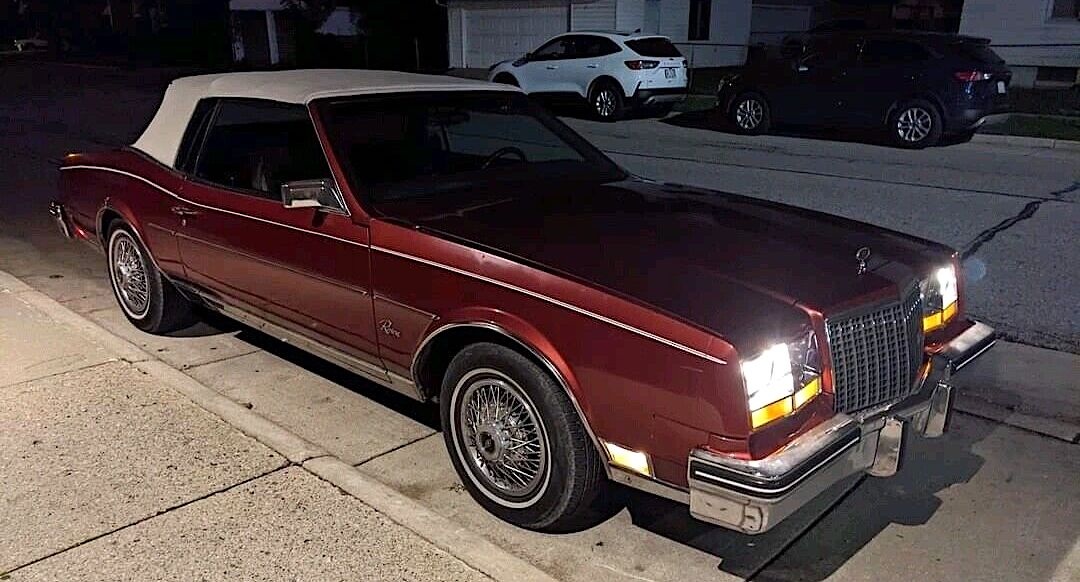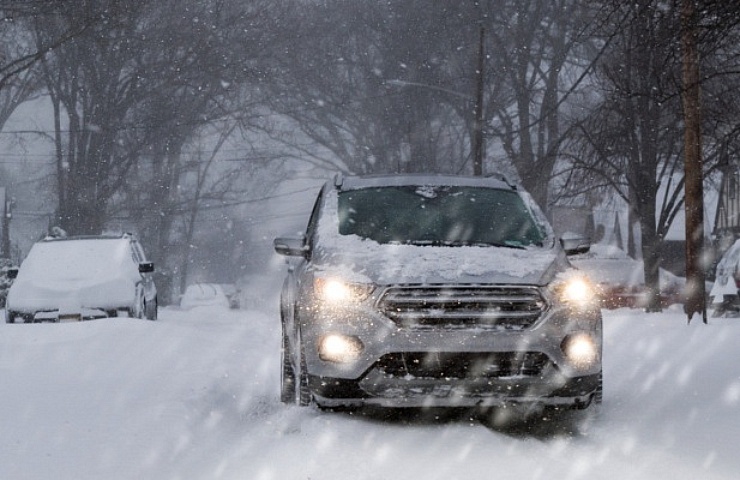Contents
In recent years, car headlights have become more complicated. There is a choice of halogen, HID, and LED, each with advantages.
- Halogen lights are long-lasting and good at handling high temperatures.
- LEDs are brighter and consume less power.
- HIDs are the brightest headlights available but are considered too bright in some states.
Some headlights use two different types of bulbs: a halogen for low beam headlights and an HID for high beams. Others have a single bulb with two filaments.
Shop now for headlight bulbsAnd now, some automakers have introduced automatic high beams, a useful feature. But assuming you have a manual setup, what’s the best protocol for being a good neighbor to other drivers?
Low Beam Headlights Are Often Better
First, familiarize yourself with how lights work on your vehicle. You toggle between low and high beams with a column-mounted switch or sometimes a foot switch. There should be an indicator on your dashboard (often a blue light) indicating that the brights are on.

Quad rectangular sealed-beam headlamps, as seen on this 1983 Buick Riviera, became popular in the 1970s.
Low beams light up the road from 200 to 300 feet in front of the car. It seems like a long distance, but a car traveling at 60 mph will take only 3.4 seconds to cover the distance. Low beams won’t blind other drivers and often work better than high beams in bad weather, such as snow or fog. High beams can see 400 feet ahead.
Low beams are mandated to emit white light and are not pointed straight ahead. Instead, they’re aimed toward the right side of the road so that signs can be seen clearly and other drivers are spared an intense beam.
Shop now for sealed beam halogen headlightsHigh beams emit more light and are aimed symmetrically straight ahead to light up as much of the oncoming road as possible.
When to Use Low Beam Headlights
Hella, which makes many kinds of vehicle lighting, provides this advice:
You must switch on low beams after dark, at twilight, in poor visibility conditions, and if your view becomes restricted so that you can see less than 300 feet in front of you. If you’re wondering when to switch on your low beams, the rule is: better too early than too late.
Low beams are required in these circumstances:
- When rain, fog, or snow makes visibility difficult. High beams reflect light back on the driver in fog.
- At twilight and later at night.
- In any conditions where visibility is low.
Low beam headlights always make sense in city driving, especially when the road is well-lit by streetlights. And they should always be used when there is oncoming traffic. Also, never use the brights when approaching another driver at a stoplight.
High Beams for Dark Roads
In very dark conditions, such as on a country road late at night, high beams are appropriate. High beams are also helpful to flash a hazard to oncoming motorists.

Check with your local DMV about low/high beam rules. In the UK, low beams must be on during the day when visibility is reduced. In some European countries, low beam headlights are mandated at all daylight times. European rules on how much light can enter an oncoming lane are generally stricter than laws in the US.
Common sense should be employed where headlights are concerned. The point is to be courteous to other drivers without compromising your view.
Way.com reports:
Shop now for headlight assembliesThe high beams of a car’s headlights are meant to give the driver a clear view in places where there isn’t a light source nearby and there isn’t much traffic. So, if a car is within 650 feet of you, you should use your low-beam headlights to ensure you have enough space.






